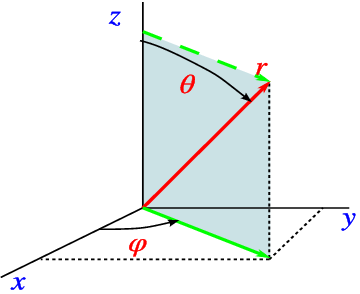
Figure 11.1: The spherical coordinates r,
θ,
φ.
The solution to Schrödinger’s equation in three dimensions is quite complicated in general. Fortunately, nature lends us a hand, since most physical systems are “rotationally invariant”, i.e., V (x) depends on the size of x, but not its direction! In that case it helps to introduce spherical coordinates, as denoted in Fig. 11.1.
The coordinates r, θ and ϕ are related to the standard ones by
where 0 < r < ∞, 0 < θ < π and 0 < ϕ < 2π. In these new coordinates we have